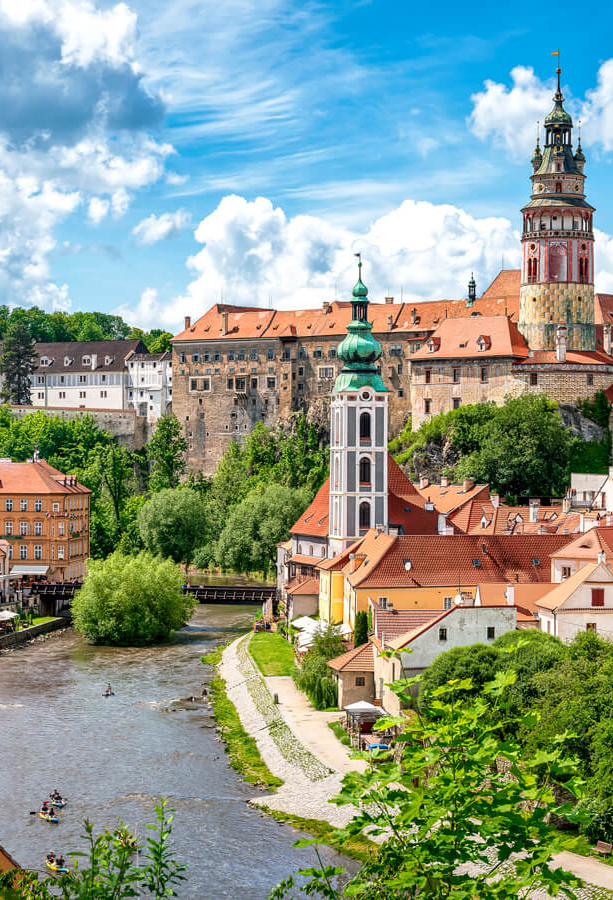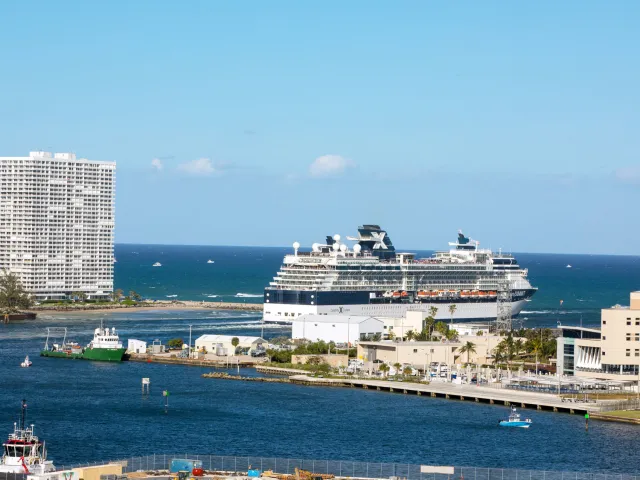As of 2024, the United Nations recognizes 195 countries across the globe. But geopolitics are always changing, which occasionally results in the creation of new independent states. This has proved especially true over the last century, thanks to major global events such as World War II and the dissolution of the Soviet Union. National boundaries have shifted in every corner of the planet, with certain regions breaking away to form their own autonomous governments. Here are some of the world’s newest countries and how they came to exist.
Czechia and Slovakia – 1993

Upon the dissolution of the Austro-Hungarian Empire after World War I, the Czech and Slovak peoples joined together to form the new country of Czechoslovakia. They remained a united nation until the groundwork was laid for the two countries to separate in late 1989. At that time, Václav Havel was democratically elected as president, ending over 40 years of communist rule throughout Czechoslovakia. But upon Havel’s resignation in July 1992, tensions were so high between the Czechs and Slovaks that there appeared to be no choice but to end the federation.
This led to what’s now known as the “Velvet Divorce,” which occurred from 1992 to 1993. The federal legislature voted to divide the country in November 1992. Two independent nations were formally established on January 1, 1993 — the Czech Republic (later known as Czechia) and Slovakia.
In the wake of their separation, both Czechia and Slovakia developed unique cultural identities. In Czechia, there’s no place that’s more popular to visit than the capital city of Prague. The city’s streets are lined with buildings constructed in the Romanesque, Gothic, Renaissance, and Baroque architectural styles. One of the more remarkable sights is the stunning St. Vitus Cathedral, which took nearly 600 years to construct — the foundation stone was laid in 1344, but it wasn’t completed until 1929.
Meanwhile, Slovakia is also known for its historic structures, including many castles scattered about the countryside. Some of these institutions — such as the ninth-century Bratislava Castle — remain intact, while other ruined castles — such as Spiš Castle — have been converted into modern-day museums.
Eritrea – 1993
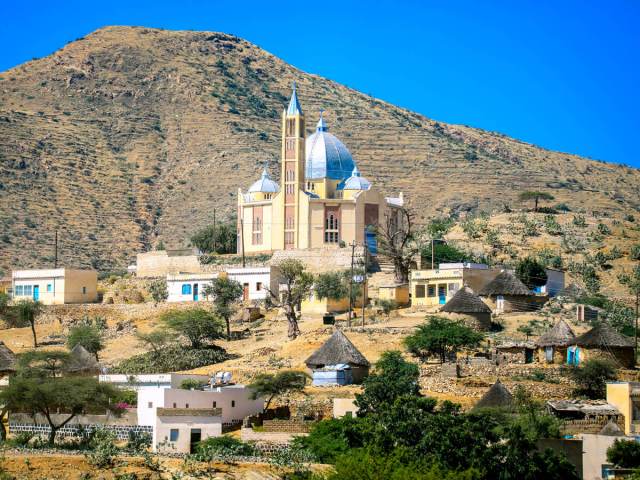
Eritrea formally gained independence from neighboring Ethiopia on May 24, 1993, though its quest for autonomy dates back many decades prior. The land that encompasses modern-day Eritrea was under Italian colonial rule until 1941, and that period was followed by a decade of British control. In 1952, the United Nations formally established Eritrea as an autonomous region within Ethiopia, though this decision led to decades of violent clashes. In 1993, Eritrea held a referendum in which their people voted for independence, and the country finally became its own independent state later that year.
Unfortunately, even since becoming independent, Eritrea has endured decades of autocratic rule and intermittent violence, thus making it inadvisable for American travelers to currently visit. However, Eritrea is home to several fascinating historic landmarks, such as the city of Asmara, a UNESCO World Heritage Site. The Eritrean capital was first developed in the 1890s as an Italian military outpost and was later expanded around 1935 to include residences and religious structures. Today, Asmara is home to some of the best-preserved modernist and urbanist-style architecture anywhere on the African continent.
Palau – 1994
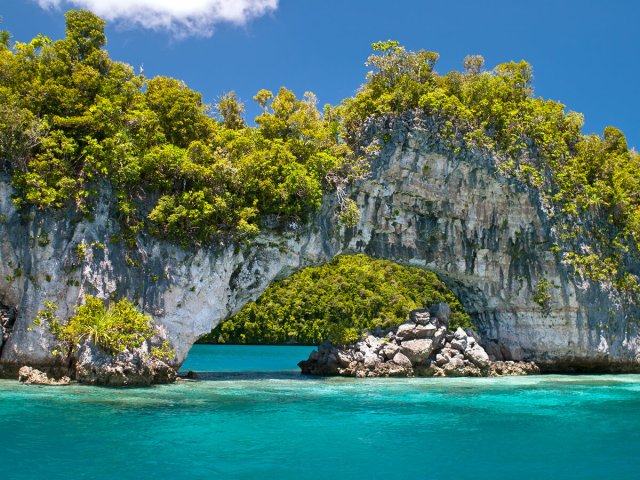
Palau covers a mere 177 square miles of total area, making it among the tiniest nations in the world. But despite its small size, Palau has a rich history dating back millennia. Humans first arrived on the archipelago around 1000 BCE, and they remained relatively isolated from the world until Spanish missionaries arrived in the early 1700s. Spain went on to administer Palau until 1899, then they sold the archipelago to Germany. Japan later seized control of Palau in 1914, and the U.S. took control in 1944 during World War II.
All the while, Palau had its eyes set on self-governance. The island nation finally adopted its own constitution in 1981. After several attempts at gaining sovereignty, a referendum was successfully voted upon in 1993, and Palau achieved independence on October 1, 1994.
One of Palau’s most stunning natural wonders is Jellyfish Lake, named after the beautiful (and rare) golden jellyfish that migrate across its waters daily. It’s also an ideal diving spot, as these creatures have evolved in isolation and don’t sting, allowing humans to swim among them. To protect local interests and preserve the island’s unique culture and history, foreigners aren’t allowed to buy land there and Palauan citizens must own at least 51% of all businesses. This ensures that the islands are free from foreign influence, making Palau a location worth visiting that’s unlike anywhere else in the world.
Timor-Leste – 2002
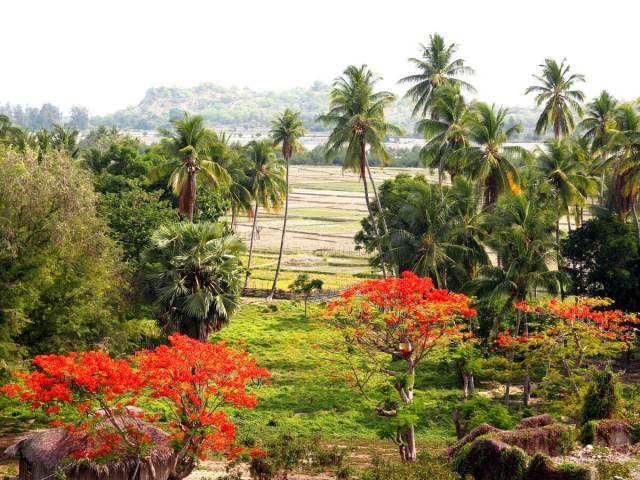
By the 14th century, the island of Timor in Southeast Asia had become a bustling trade center. Portugal colonized the island in the 16th century, though in 1859, the Portuguese ceded the western portion of the island to the Dutch. As time went on, Portugal maintained control of eastern Timor, while Indonesia gained control of the western portion.
On November 28, 1975, East Timor declared independence from Portugal, though Indonesian forces invaded shortly after and incorporated the territory into larger Indonesia. Conflict persisted throughout the island until Australian peacekeeping troops were brought in on September 20, 1999. This quelled the violence to a point where the people of eastern Timor could finally work toward achieving sovereignty. On May 20, 2002, Timor-Leste (or East Timor) was recognized as an independent state.
Today, a highlight for visitors to this country of about 1.3 million people is the Marabo Hot Springs. Although how and why they were built is still up for debate, the springs — nestled within the surrounding mountains — have become a popular tourist attraction for their therapeutic properties. Timor-Leste is also home to a group of historic buildings known as Uma Lulik. These sacred houses have been constructed on stilts for centuries, and are rebuilt every 10 to 20 years to forge a stronger familial connection between the older and younger generations.
Serbia and Montenegro – 2006

Montenegro fell under Ottoman rule in 1496, though it retained a level of autonomy for many centuries thereafter. In 1918, the Kingdom of Serbs, Croats, and Slovenes was formally established, though both that kingdom and Montenegro were absorbed into the newly formed Yugoslavia in 1929. Serbia and Montenegro remained part of Yugoslavia until its dissolution in 1992. After Yugoslavia fell, Serbia and Montenegro joined together to form their own sovereign state.
The pair remained one united country until June 3, 2006, when Montenegro invoked its constitutional right to hold a referendum for independence. The population subsequently voted to sever ties with Serbia, which led to Montenegro restoring its independence on June 3, 2006. In turn, Serbia became its own sovereign country, too.
Today, one of the most fascinating sites in Serbia is the Belgrade Tesla Museum, which houses inventor Nikola Tesla’s ashes as well as many of his incredible scientific works. Serbia is also home to many natural wonders, such as the Krupaj spring, which boasts crystal-clear waters and gushing waterfalls. Upon achieving independence, Montenegro retained all of the coastline, leaving Serbia landlocked. While unfortunate for Serbia, Montenegro’s idyllic coastal towns — such as Budva and Herceg Novi — have become sought-after tourist destinations.
South Sudan – 2011
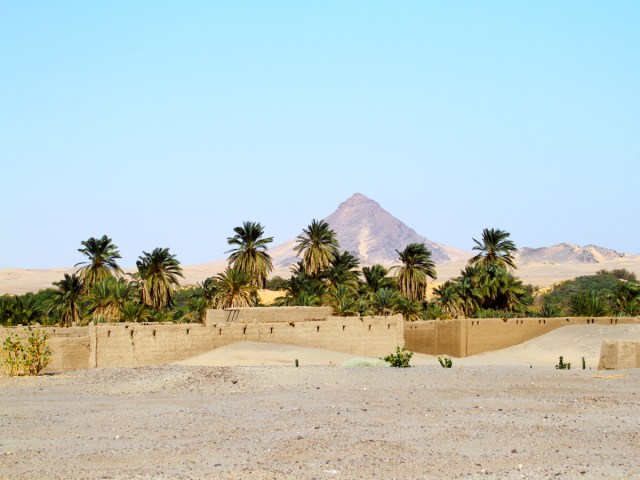
How the world’s newest country gained independence cannot be properly explained without diving into the history of Sudan as a whole. In ancient times, this region was ruled over by the kingdoms of Nubia, Kerma, and Egypt. The 19th century saw Egypt gain control over Sudan once again, before Britain later occupied the area.
Sudan finally gained its independence in 1956, though there remained deep ideological divides between people in the north and south. This led to decades of civil war, before peace was finally restored in January 2005. At the conclusion of a six-year autonomous period, 98% of South Sudanese people voted in favor of forming their own country. This led to the creation of South Sudan on July 9, 2011.
Travel advisories recommend that Americans avoid visiting South Sudan, though once tensions settle then it could be worth visiting — particularly if you’re a nature lover. The country is home to the Badingilo and Boma National Parks, through which hundreds of thousands of white-eared kob (a local antelope) and gazelle migrate each year. The White Nile also flows through park grounds, which is one of the two main tributaries of the larger Nile River. In 2022, the South Sudanese government signed a deal with the larger African Parks system to conserve the parks and encourage future tourism.
More from our network
Daily Passport is part of Optimism, which publishes content that uplifts, informs, and inspires.






